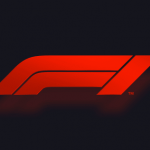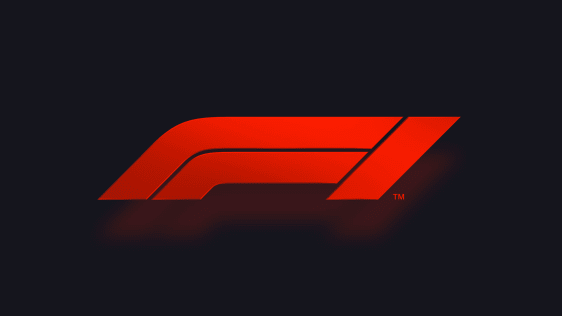Exclusive: Inside Formula One’s Rebranding Strategy
For the first time in more than two decades, auto racing sport Formula One is undergoing a complete rebrand.
Spearheaded by its first-ever director of marketing Ellie Norman and agency Wieden+Kennedy London, Formula One is calibrating its marketing and business strategies to put the focus back on what fans love most about the sport, based on findings from an in-depth brand health study conducted by research and consultancy firm Flamingo.
“If you really got under the skin of what these fans were talking about, it had nothing to do with speed–it was everything associated with racing,” Norman says. “Listening to the way the fans spoke, [they wanted those] incredible rivalries that existed between the drivers. These drivers are like superheroes with what they’re able to achieve behind the wheel of the car. [Racing] is human and unpredictable–and it was very much felt that [Formula One had] become very sanitized and quite clinical.”
At the forefront of Formula One’s rebrand is a new logo, a sleek upgrade from its 23-year-old predecessor.
“We probably ended up doing 500 to 600 different logos, I would imagine,” says Richard Turley, executive creative director of content and design at W+K London. “But I think we had an idea of what we wanted: something that celebrated that visual legacy of Formula One.”
Formula One’s overhaul has been in the works since Liberty Media Corporation acquired the Formula One Group back in January. Since then, there has been a focus on broadening the sport’s appeal to a wider audience through new broadcast and digital deals and revamping events at Grand Prix weekends.
“Up until Liberty bought the business, it was very much a commercial rights holder of a sports entity–but the ambition for the sport is much more,” Norman says. “Our ambition is to be recognized as a global media entertainment brand, so this is a huge moment for us where we can pivot away from where we’ve been in the past and propel the brand forward to really start to connect with and talk to this broader audience.”
Of course, any pivot involving a brand that’s been around for more than 70 years like Formula One stands to meet opposition from die-hard purists.
“That balance will be challenging for us to find,” Norman concedes. “But if we are going to have a place in society going forward, we absolutely need to be talking to a much broader audience. We can’t just be relying upon an audience that grew up with the sport 20, 30, 40 years ago.”
Norman’s guiding light through Formula One’s rebrand has been the research gathered from the fans. Even though there will undoubtedly be some pushback, it’s about what audiences of today want.
“It’s not just lip service–we’re really putting the fan first,” Turley says. “How can we build something that is going to be robust enough for not needing to go through this process again? It’s future-proofing Formula One.”
“We really do have to press stop and restart into what do we want to stand for and how we want to define ourselves going forward,” Norman adds. “The more that we give fans what they want, the more we’re ultimately going to get back. We’re in the business of making Formula One mean as much as possible to as many people as possible.”
Fast Company , Read Full Story
(45)





